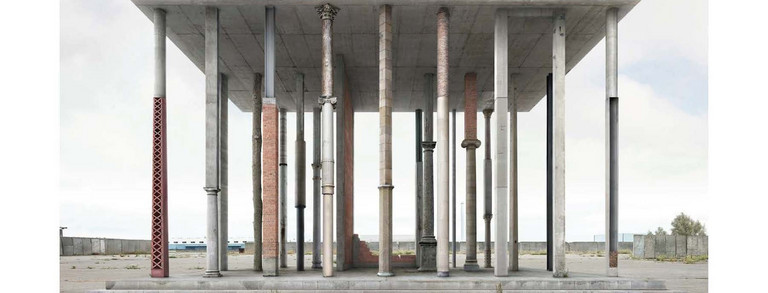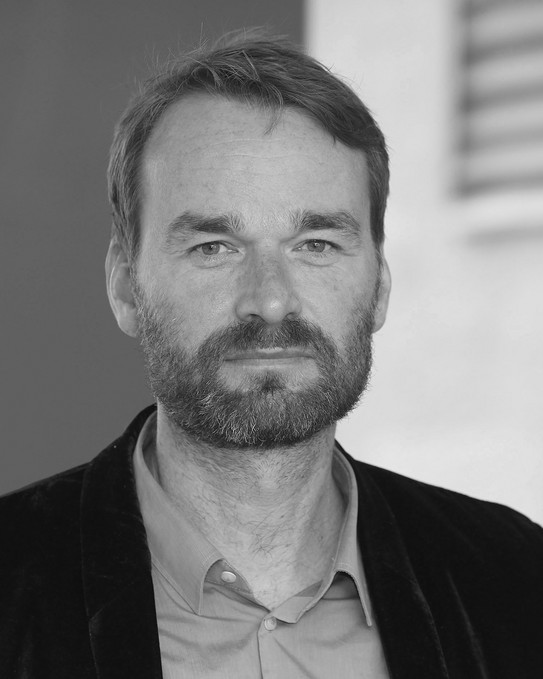
You are here:

Carsten Ruhl is Professor for Architectural History at the Goethe University in Frankfurt am Main as well as the spokesperson for the Center for Critical Studies in Architecture (CCSA). From 2010 to 2013, he was Professor for the Theory and History of Modern Architecture at the Bauhaus University in Weimar, and from 2003 to 2010 Professor for Architectural History at the Ruhr University in Bochum. He studied architecture, art history, philosophy and historiography, and focuses on the history and theory of architecture since the 18th century.

The Monument between Crisis and Myth
The fact cannot be overlooked that, historically, the debate surrounding architectural monuments has always played an important role whenever economic, political and social systems of order are on the brink of collapse. Reflection on the monument is therefore always connected with an analysis of the respective disposition of a society and its architecture. And here lies – according to my thesis – the real potential of the architectural concept of the monument for the present discussion. The relationship between the building task of the museum and a monument seems to me to be a particularly fruitful starting point: the monumentalization of architecture and the museification of historical monuments have been inextricably linked since the 18th century. Connected with the term monument is not only one specific architectural technique that would have been lost in Modernism. On the contrary, our current understanding of monumentality as a genuine architectural quality leads directly into the self-image of Modernism. Or put differently, what we understand by monumentality in architecture today – be it negatively of positively connoted – is a modern construct. A myth, whose meaning does not coincidentally correspond with the crisis of representation in the Enlightenment: whereas in earlier times monumentum simply meant all marks, traces, objects and symbols that were able to at least temporarily suspend the mechanism of forgetting, the term has since come to embody a rhetoric of overwhelming power still effective today.
